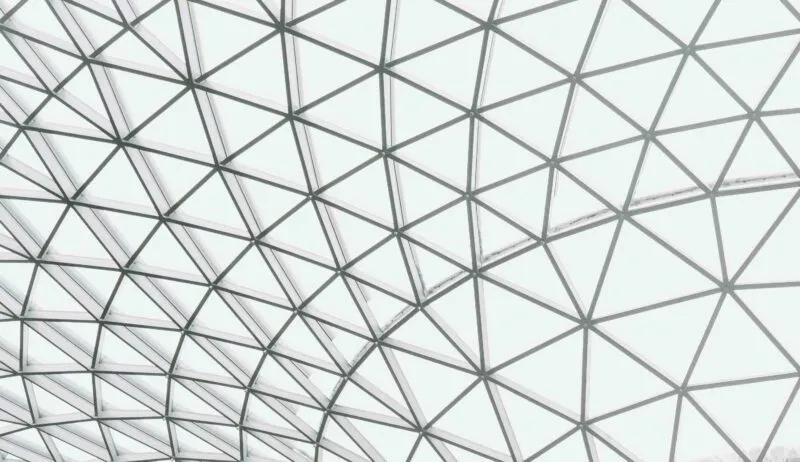I need an extension of time for my patent application because…
How this question is answered will inevitably determine the potential availability of an extension of time under section 223 of the Australian Patents Act 1990. On the basis that “failure is not an option”, a thorough understanding of the requirements of this section are essential to obtain the desired outcome.
In our article Extensions of time for Australian patents in non pandemic times we explained the beneficial nature of the extension of time provisions. Whilst this section may be used in a wide variety of circumstances, in the situation where a due date has been missed, there must always have been an error that causes the need for an extension of time. That is, an error must have been made by a person concerned with the matter for which the extension is required.
Evaluating causative errors
Evidence will always be required setting out all circumstances surrounding an alleged causative error. Generally, the evidence will be in declaratory form given by a person with firsthand knowledge of the relevant facts.
For example, supposing that an applicant intended to enter the Australian national phase before the 31 month due date. But when the docket for the application was created, the priority date was entered incorrectly. This resulted in the 31 month due date being calculated later than the actual due date.
In these circumstances, an extension of time ought to be available once evidence of the incorrect due date and intention to enter the national was provided. Suitable evidence might include a screen shot of the docketing software output of the incorrect date with an appropriate explanation.
Non-causative errors
A change of mind after a due date can never be regarded as an enlivening error. This applies equally to circumstances where alternative strategies are available but it is realised that the wrong strategy had been adopted after the due date.
For example, suppose that an applicant decides to abandon an application by not paying a renewal fee. After the six month grace period for the application has expired, it is determined that the application has commercial value. Such an error would not enliven section 223.
Obvious errors
Supposing that an error occurred, after a relevant due date, that precluded the possibility of forming an intention to carry out a required act before the due date. Does such an error fall within the ambit of section 223? Assessing this kind of error will very much depend on the evidence which must demonstrate that the applicant had an overarching, strategic intention to carry out a course of action but that the existence of the error prevented that action.
Indeed, the case law has determined that in these situations, there must be sufficient evidence to show that the error was an “obvious error”.
In Kimberly-Clark Limited v the Commissioner of Patents and Minnesota Mining and Manufacturing Company [1988] FCA 421 (Kimberly-Clark), Jenkinson J found that such errors must be immediately and obviously recognised as such.
Since Kimberly-Clark, the tribunals and courts have consistently adopted the same approach in the assessment of such situations. For example, Apotex Pty Limited and Commissioner of Patents and Les Laboratoires Servier (Party Joined) [2008] AATA 226 (Apotex) and Aspen Pharma Pty Ltd v H Lundbeck A/S [2013] FCAFC 129 (Lundbeck).
In each of Kimberly-Clark, Apotex and Lundbeck, obvious errors were found that precluded the relevant party from forming an intention to carry out the required act. In each of these cases, the errors were so obvious that there is minimal discussion regarding their nature.
Of course, it follows that once an obvious error has been identified, the error must have precluded the taking of a course of action to satisfy an overarching strategic objective in order to enliven section 223.
Overarching strategic objective
In Bioverativ Therapeutics Inc. [2023] APO 64 (Bioverativ) the Australian Patent Office was faced with deciding, on the evidence before it, that an erroneous belief regarding patent term extension precluded Bioverativ from achieving its strategic objective of seeking patent term extensions where possible. This decision provides a comprehensive review of both the authorities and the extensive evidence filed in support of the extension application.
In summary, Bioverativ sought to file an application for an extension of time to file a divisional patent application after the three-month time limit following publication of the acceptance of its patent application had passed. By filing a divisional application, Bioverativ would have been able to claim a composition for which a patent term extension may have been available. By contrast, the patent granted on the accepted application would not have provided any extension because one of Bioverativ’s products was approved within five years of the date of the patent.
The evidence provided by Bioverativ showed that its US patent attorney, Mr James Velema, was aware of the six-month time limit following grant to file a patent term extension application. But the US attorney only became aware of the extension of term issue about six months after the due date for filing a divisional application. This misunderstanding of the extension of term provisions was said to be the causative error.
Obtaining an extension of time to file a divisional application, even after grant of the parent, is not excluded under the provisions of section 223. Therefore, Bioverativ’s Australian attorneys advised that an extension of time to file a late divisional application was possible. This advice prompted Bioverativ’s instruction to file a divisional application well past the due date. That is, the intention to file a divisional application was formed after the due date.
Although it was found that the misunderstanding of the extension of term provisions constituted an error, the question remained as to whether that error frustrated an overarching course of action which was found to be seeking patent term extensions when available.
In rejecting the error as being causative, it was decided that:
“…this erroneous belief did not impact Bioverativ’s ability to try to obtain an extension of term, which was still available up until 6 months from grant. Furthermore it is quite possible that if Mr Velema’s understanding had been correct, i.e. if he had understood the ‘273 application would not be entitled to extension of term, the only effect would have been that Mr Velema would not have made enquiries about the term extension process in the first place.
It therefore does not follow that “but for” this erroneous belief, a divisional application would have inevitably been filed by the relevant date.”
A surprising outcome?
Section 223 has been consistently interpreted as beneficial in nature. Essentially, it is aimed at ensuring, so far as is possible, that an applicant will not be prejudiced because of a causative error. But as illustrated with reference to an earlier decision, Amicus Therapeutics, Inc. [2020] APO 4 (Amicus):
“the filing of a divisional application may have been an alternative strategy that appeared with the benefit of hindsight, but s223(2)(a) is not a general power of extension to enable such “mercurial” changes in strategy.”
Not a general power of extension
The limitation in the scope of section 223 was firmly established in Kimberly-Clark and reiterated in Bioverativ citing Amicus:
“… if I were to accept that Mr Alegria simply not making any enquiry for any reason (and not as usual practice) is an error, then I would have to accept that operating in ignorance of the law is an error. In my opinion that would mean that every judgement by “the person concerned” which is later shown to have been mistaken would be an “error or omission”. It is difficult to see how such circumstances would not reduce s223(2)(a) to “a mere general power of extension” (contrary to Jenkinson J in Kimberly-Clark Ltd v. Commissioner and Minnesota Mining and Manufacturing Co (No 3) 13 IPR 569), which would, to be successful in gaining one, simply require no questions being asked of anyone.”
It is therefore critical in dealing with extensions of time involving an error that occurred after a due date, to present evidence that is clearly consistent with the relevant error being obvious and causative of an overarching strategic objective not being achieved. The error cannot be something that only appears erroneous with the benefit of hindsight.


